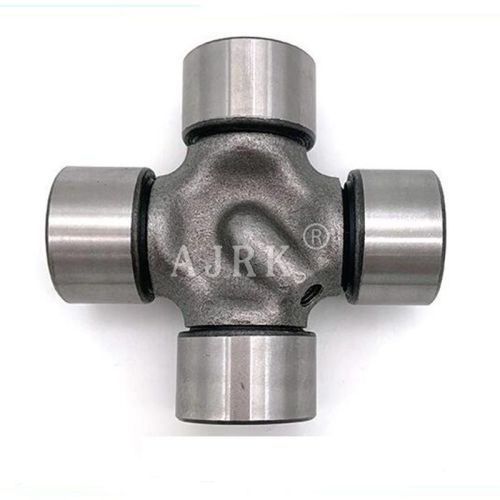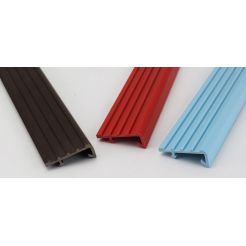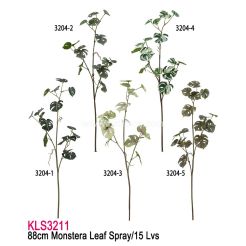symptoms of a bad throwout bearing
Product Description
https://www.niushangcn.com/resources/common-symptoms-of-a-bad-throw-out-bearing.html
Common Symptoms of a Bad Throw-Out Bearing
Your car is made up of many complex systems of interworking parts and networks of components that all must be functioning properly for optimal performance results. Though a throw-out bearing seems insignificant and small, it plays a critical role in your car’s functioning. In this article we’ll go over the importance of a throw-out bearing, symptoms associated with failure, and what you can do to prevent issues from occurring.
What is the Throw-Out Bearing?
The throw-out bearing plays an important role in your car’s clutch functioning. As you press down the clutch, the throw-out bearing engages with the various parts of the transmission through a series of chain reactions that create a perfectly synced dance routine of sorts. The flywheel, the pressure plate, the clutch plate, and the throw-out bearing are the major components of the transmission that interact with the gear systems and crankshaft, affecting both the engine functioning and wheel functioning. When pressing down the clutch, the throw-out bearing ultimately controls the amount of contact between the clutch plate and flywheel.
Common Symptoms Associated with Throw-Out Bearing Wear
It is important to be aware of how a bad throw-out bearing can affect your car’s performance so that you can follow through with maintenance and repair procedures immediately. The longer the throw-out bearing remains non-functional, the more serious the symptoms get—and therefore, the more expensive! These are some of the most common symptoms associated with throw-out bearing wear:
Odd noises when engaging the clutch pedal
It is typical for drivers to hear a grinding or rattling sound when pressing down on the clutch pedal if the throw-out bearing is bad. These noises are concerning, but they could point toward other issues with your transmission or clutch, so a differential diagnosis is in order.
Clutch pedal feel is compromised
As the issue progresses, the bad throw-out bearing can cause your car’s clutch pedal to become stiff feeling as you press down on it. This should be a red flag for any driver, and should be addressed right away.
Gear shifting issues
Any transmission issue inevitably leads to issues shifting gears. If the clutch pedal won’t engage fully or is difficult to press down, it can lead to gear shifting difficulty, which renders the car useless until the issue is fixed.
Clutch failure
Finally, a bad throw-out bearing can lead to total clutch failure. This is an expensive issue to fix, so it’s important to address signs of throw-out bearing wear early on, before the problem worsens.
How to Prevent Premature Throw-Out Bearing Wear
Though throw-out bearing failure is more common in some cars over others, every automobile is vulnerable to throw-out bearing wear over time. Here’s what you can to do make sure you don’t encounter the more severe effects of a bad throw-out bearing:
Adjust driving habits
One of the easiest ways to prolong throw-out bearing wear is to adjust the way you engage the clutch pedal in your car. It is best to engage the clutch for the shortest period of time possible; in other words, put your car in neutral when you come to a stop—don’t keep your foot pressed down on the clutch.
Follow up on routine maintenance procedures
Following your specific car’s routine maintenance schedule set forth by its manufacturer is the best way to ensure that your transmission and clutch are well-serviced at all times, ultimately prolonging your car’s life. Routine clutch replacement should include replacement of the throw-out bearing, so when it’s time for your car’s clutch to be replaced, make sure the automotive technicians perform a thorough job using OEM parts.
Ongoing inspections
Throw-out bearing failure can be detected early on through ongoing inspections; the idea is that the more frequently your automotive tech can get a look at your car, the better informed they are on the progression of the aging process your car is going through. This can help them anticipate clutch or transmission issues, such as throw-out bearing failure before the damaging effects occur.
Hiring an Automotive Specialist is Critical
Throw-out bearing issues can be difficult to detect; as a part of the clutch and transmission system, any number of parts could be the culprit of the sinister symptoms, and the part can be difficult to access for inspection. Here at Das European Autohaus, serving Spring and Houston, TX, we pride ourselves on our ability to detect even the most difficult issues. As Houston’s leading European auto specialists, our clients’ safety and satisfaction is of the utmost importance, and we never cut corners. To schedule an inspection or to learn more about our qualifications, please contact us right away or request an appointment through our website.
Clutch Release Bearing Noise
clutch release bearing
The clutch release or throwout bearing contains a collared bearing that spins along with the spinning pressure plate as the clutch pedal is depressed. A worn release bearing makes a squealing or growling sound heard from the transmissions clutch housing when the clutch pedal is depressed.
Most of today's manual transmissions have hydraulic clutch circuits. Still, many have mechanical linkage; they use rods and cables to control the clutch. They have constant running bearings that spin whenever the engine is running and must be adjusted to maintain a slight preload after installation.
Typically, the clutch release bearing and pressure plate are replaced while replacing a worn clutch friction disc. The engine and transmission must be separated to replace the bearing.
A throwout bearing begins to growl as it wears or loses lubrication. It is usually necessary to lubricate the shaft the bearing rides on during assembly. Check in the manufacturer's manual for assembly specifications.
Listen for a chirping sound as the clutch pedal is first depressed. This sound is the worn (un-lubricated) release bearing contacting the fingers of the pressure plate's diaphragm. These fingers can also wear, causing similar noise-related issues.








